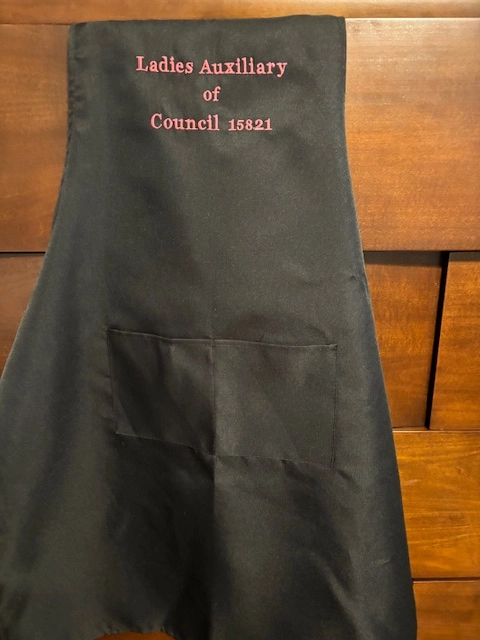The Art of Customized Embroidery: Opening the Tricks to Creating Distinct and Unforgettable Designs
The secrets to producing custom-made needlework layouts that captivate the eye and leave a long lasting perception lie in a fragile equilibrium of method, imagination, and focus to detail. As we dig right into the globe of custom needlework, we uncover the nuanced interplay between string option, stitch complexity, and layout customization that raises a plain garment to a job of art.
Choosing the Right Needlework Threads
When selecting needlework strings, what vital factors should you think about to ensure the best results for your custom-made layouts? The choice of embroidery string is important in figuring out the final outcome of your embroidered design.
In addition, the weight or density of the thread plays a significant function in the appearance of the embroidery. Thicker strings can add dimension and texture to your style, while finer threads are optimal for intricate details and tiny text. In addition, thinking about the shade fastness and washability of the string is critical to guarantee that your custom-made styles preserve their quality and vibrancy with time. By carefully evaluating these elements and selecting top quality threads that meet your certain requirements, you can boost the aesthetic allure and longevity of your embroidered productions.
Discovering Different Stitch Techniques
To look into the realm of 'Checking out Different Stitch Techniques', one must understand the complexities and nuances that each sewing technique offers the art of embroidery. Different stitch methods not only include visual interest however additionally contribute to the overall texture and dimension of the design. One prominent stitch technique is the satin stitch, which includes closely jam-packed parallel stitches to produce a smooth and shiny surface, perfect for filling out shapes and creating vibrant describes.
On the other hand, the backstitch is a versatile technique commonly made use of for detailing and including fine details. It involves stitching backwards to create a strong line of needlework. In addition, the French knot stitch includes a tactile element to styles, best for creating distinctive accents like flower centers or ornamental touches.
Exploring various stitch strategies allows embroiderers to play with light, shadow, and deepness within their styles, elevating the aesthetic allure and artistic top quality of their embroidery projects. By grasping different stitching approaches, one can unlock countless possibilities for creating special and remarkable customized embroidery theory marlo pants items.
Incorporating Personalized Layout Aspects
Having actually explored the ins and outs of various stitch techniques such as the satin stitch, backstitch, and French knot, the emphasis currently moves in the direction of integrating customized layout elements in custom embroidery tasks. Customized style aspects play a crucial duty in making needlework tasks absolutely unique and remarkable.
An additional means to include personalized design elements is by including icons or themes that hold special significance to the recipient or reflect their interests and character. Including a favorite flower, pet, or hobby-related symbol can make the needlework layout more significant and customized. Furthermore, picking shades that reverberate with the recipient or align with the designated motif can even more enhance the customization of the needlework job.
Grasping the Art of Shade Control
One key element of color sychronisation is recognizing shade concept. This includes knowing how different colors engage with each other, the emotions they convey, and exactly how they can be combined to create visually appealing layouts. By applying color theory principles, embroiderers can produce unified color palettes that enhance the general appearance of the layout.
Additionally, paying interest to comparison is crucial in color sychronisation. Using contrasting shades can help specific components of the layout pop, boost readability, and produce an aesthetically dynamic embroidery item. By understanding the art of color sychronisation, embroiderers can boost their designs and create memorable items that reverberate with clients and customers alike.
Enhancing Appearance With Advanced Needlework Stitches

French knots, as an example, are best for adding tiny, increased dots to your style, mimicking the look of grains or developing a distinctive surface area. Bullion knots, on the various other hand, can be used to create twisted, ropelike aspects that include a luxurious feeling to the needlework. Seed stitching entails little, scattered stitches that can fill out areas with a polychromatic texture, while turkey work develops fluffy, dimensional accents similar to pet hair or foliage. Explore these sophisticated embroidery stitches permits you to press the borders of standard needlework and create really distinct and womens tailored suits visually appealing structures in your styles.
Verdict
To conclude, the art of custom-made needlework includes a mix of choosing the right strings, checking out numerous stitch techniques, including individualized layout aspects, understanding color control, and improving texture with innovative stitches. By comprehending and executing these key elements, embroiderers can develop special and memorable layouts that showcase their creativity and ability. Embroidery enthusiasts can open the secrets to developing gorgeous and custom pieces that stand apart and leave an enduring impression.